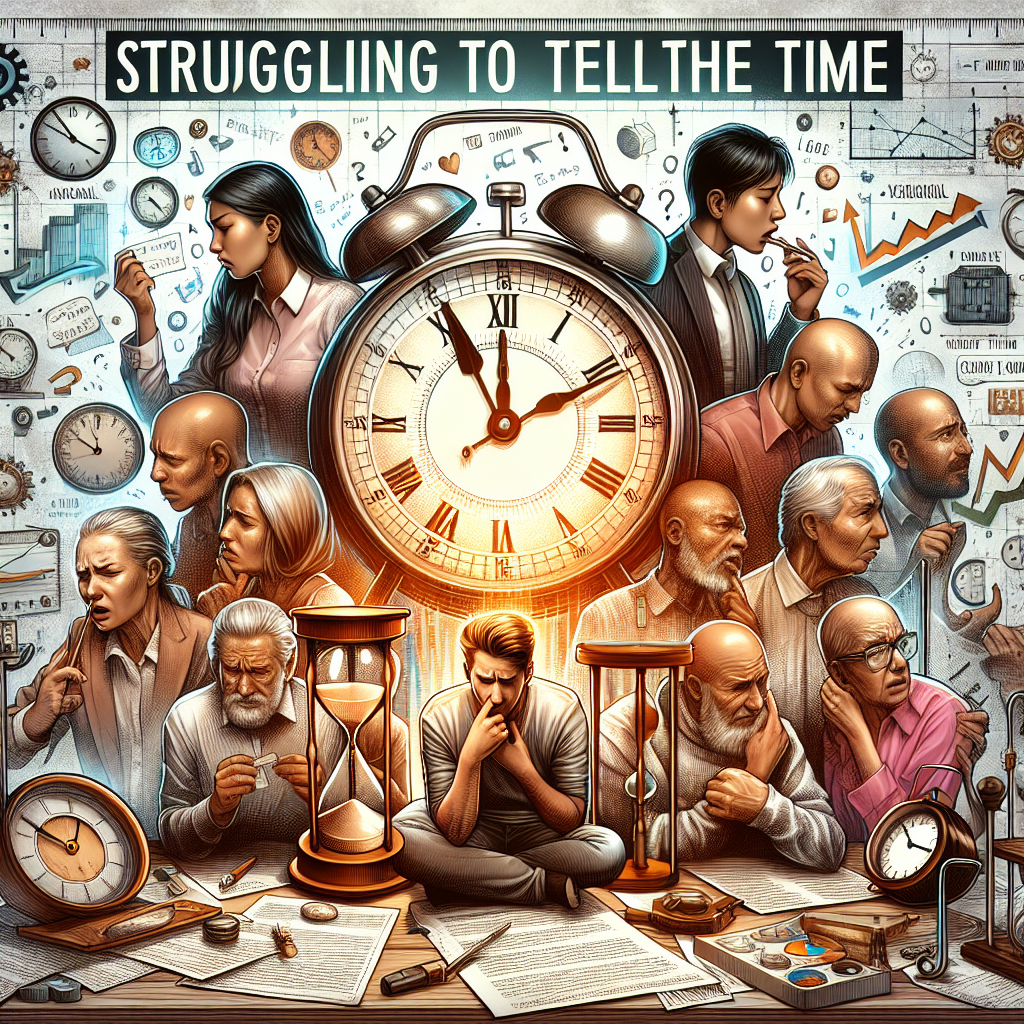When Time Tells a Different Story: Supporting Individuals Who Struggle to Tell the Time
This blog explores how difficulties with telling time can affect individuals’ exam performance and workplace success, and offers practical strategies to support them.



I see hundreds of learners and employees every year through my work, and difficulties with telling the time on an analogue clock are becoming increasingly common. As fewer people grow up using analogue clocks regularly, the very concept of time — and the ability to plan, pace, and prioritise — can become much harder to grasp. As Professor Vincent Walsh of UCL explains, “Time is one of the most important things that the brain represents. It’s as important as space, as important as number.” (Walsh, Royal Institution Lecture, 2014).
Why do some individuals struggle to tell the time?
Difficulties with telling the time can arise for various reasons:
- Processing differences, such as dyscalculia or specific learning difficulties, can make it hard to interpret number positions and hand placements on analogue clocks.
- Visual-spatial challenges may affect how a student sees the clock face as a whole and understands the relationship between the hands.
- Working memory difficulties can make it tricky to remember the meaning of positions (e.g. “quarter past” or “twenty to”).
- Reliance on digital clocks and phones for time means many individuals learn to read an analogue clock at primary school but rarely practise the skill afterwards. As a result, they become much more comfortable with digital displays, and their ability to interpret analogue clock faces can fade over time.
Impact on learning and exams
Time-telling challenges can have a direct and indirect impact on a student’s school experience:
Time management during exams
- Students may struggle to pace themselves — risking spending too long on some questions and rushing others.
- Reading analogue exam room clocks may cause anxiety or confusion, particularly under pressure.
Daily routines and organisation
- Difficulty understanding time intervals (e.g. “10 minutes left”) can lead to lateness or misjudging how long tasks take.
Emotional impact
- Students might feel embarrassed or avoid asking for help, leading to hidden struggles and lowered confidence.
Impact in the workplace
As students move into employment, these challenges can continue to affect them:
- Difficulty estimating time needed for tasks can affect productivity and timekeeping.
- Jobs requiring precision timing (e.g. transport, hospitality, healthcare) may present added challenges without the right support.
- There may be an over-reliance on digital devices or colleagues for time cues, which can add stress.
Strategies to support students and employees
In school and exams
- Use visual timers — for example, individual countdown timers on a desk that show elapsed and remaining time in a clear, visual way.
- Provide large, easy-to-read digital clocks in exam rooms so learners can quickly check the time without struggling to interpret analogue displays.
- Teach exam timing skills explicitly — including practising with visual timers, colour-coded plans for exam sections, and annotated practice papers showing how to pace work.
- Consider reasonable adjustments where appropriate — such as supervised rest breaks, which can provide structured pauses and help learners reset their sense of time during long exams, rather than simply relying on timers alone.
For everyday life
- Encourage the use of digital watches, timers, and visual schedules — these provide accessible, straightforward ways for individuals to keep track of time, especially where analogue clocks cause confusion.
- Use apps or devices with verbal reminders and alerts — offering prompts and structure throughout the day, supporting independence and time awareness.
- Provide time estimation practice — help individuals break tasks into steps, with realistic time estimates, to improve their ability to plan and pace themselves.
- Where reading an analogue clock is essential (e.g. specific workplaces or environments) — provide focused teaching using hands-on resources like movable clock faces or interactive apps to build confidence with this specific skill.
In the workplace
- Encourage the use of time management tools — such as planners, alarms, digital reminders, and shared calendars, to help structure the working day and keep on top of deadlines.
- Provide clear guidance on task duration and priorities — making expectations explicit helps individuals pace their work and focus on what matters most.
- Consider workplace adjustments through a Workplace Needs Assessment — small, tailored changes (e.g. flexible schedules, modified deadlines, or assistive tech) can have a big impact on confidence and productivity.
Final thoughts
Struggling to tell the time is often a hidden difficulty — but its impact is real. With understanding, practical strategies, and small adjustments, we can help students and employees feel more confident and capable in managing time in exams, work, and beyond.
